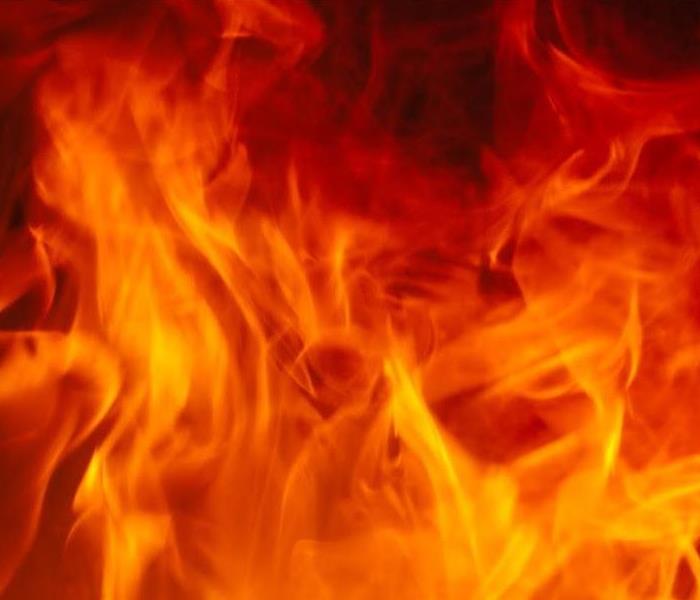First Response Actions | SERVPRO of Marlton/Morningside
10/16/2019 (Permalink)
 Fire damage can be very devastating for a business or commercial property. We are the fire and smoke damage restoration experts.
Fire damage can be very devastating for a business or commercial property. We are the fire and smoke damage restoration experts.
After a disaster, the only thing a business owner likely wants is to clean up the mess and get back to work. However, property damage from a fire or flood could suffer smoke and soot damage, water damage, and mold. Biological hazards from sewage and chemicals in the floodwater runoff make the cleanup a dangerous task.
Professional restoration services can salvage property that others may think are beyond help. The 24-hour services normally arrive on the scene within a couple of hours after a call, but anxious business owners can begin the process with caution.
Inspect for Safety
Stay away from evacuated areas until the authorities allow people to return. Do not enter a building with structural issues. Enter smoke-damaged buildings cautiously because the particulates in the air from the fire can harm respiratory health. Wear gloves, rubber boots, and face masks for protection.
Contact utility services or talk to officials in a flooded area about the safety of entering the building. Consider the building hazardous until utility workers or fire investigators have turned off the electricity and made certain gas utilities do not pose a threat. Wear rubber boots, or chest waders if needed, to ensure protection from any standing water.
Increase the Ventilation
Open the windows for better air circulation to remove smoke odors, but only if the weather is not rainy outside. You don’t want to add more water to the environment. If the utility services decide you can safely turn the power back on, install fans in the windows to direct air out of the building. Do not attempt to use any previously submerged electrical appliances.
Protect the Carpets
Do not walk across soot-stained carpets because this can cause the soot to spread and embed deeper into the carpet fibers. Plastic bags over furniture legs or sheets of aluminum foil under the legs can protect carpets from upholstery fabric dyes that may seep from wet furniture. Do the same for metal legs, as they can leave rust stains behind when wet.
Sort Some Items
Professional restoration services can salvage a surprising amount of property, including electronics, but cannot help when items have melted or burned severely. Remember to photograph and keep an inventory list of anything thrown out so the information is available for an insurance claim.
Remove Smoke Odors
If the fire occurred in a small area, like a break room, the rooms closed off from the event may only need air cleaning to make them usable again. Fill bowls of baking soda and distribute throughout the room to remove some odor. Install air purifiers as well if possible. Turn off HVAC systems to prevent the circulation of smoke and soot through the ventilation ducts.
Avoid Potential Pathogens
You can’t always salvage everything during extensive floods. Many business locations are in urban areas where a flood could cause sewage systems to overflow and expose people to pathogens. The water may also contain toxic chemicals like oil and gas from flooded cars or roads and runoff from industrial buildings.
Do not allow the floodwater to encounter any exposed skin. Do not allow employees to remove their property before the restoration company arrives because of the risk of pathogen exposure. Allow restoration professionals to clean any items deemed salvageable to ensure the belongings are safe to handle.
Business owners want to get back to work after a disaster, but they also need to exercise patience to avoid illness or the unnecessary loss of equipment. At SERVPRO of Marlton/Morningside, we can help. Our restoration technicians will work with you and your insurance company to make the process fast and effective. Contact us today.





 24/7 Emergency Service
24/7 Emergency Service